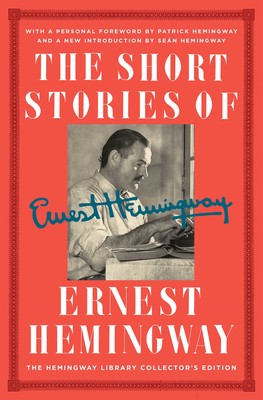
Ernest Hemingway, Extraordinary Writings By An Extraordinary Man.
In my travels through the world of literature, last year we decided to revisit Hemingway, and flew down to Key West. I was familiar with some of his writings before, but the best time to re-read them was while visiting the place he for eight years called home. His written stories made even a greater impact after we took a tour of 907 Whitehead St, and listened to his real life adventures colorfully told by Scotty, our guide.
The showing was enjoyable and stories plentiful.
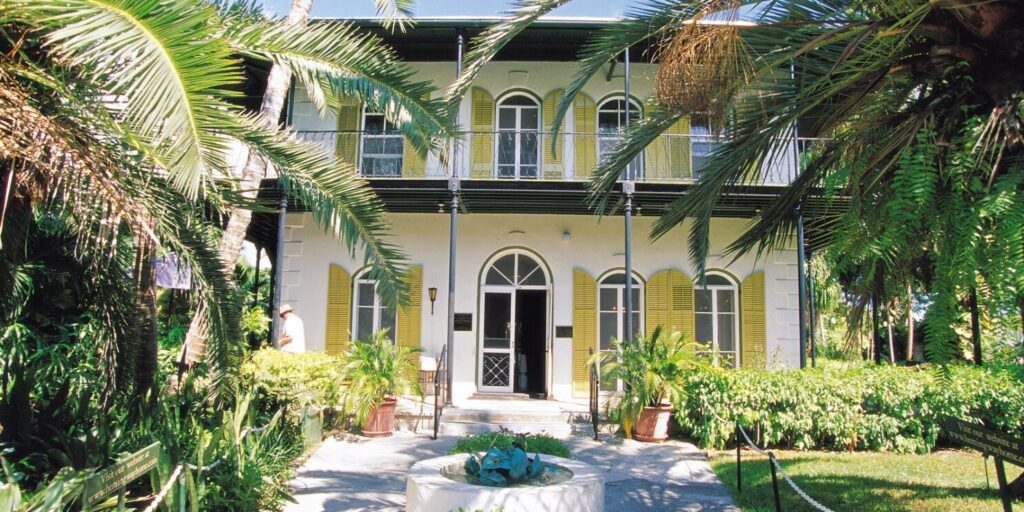
I didn’t see the podium I was told he used for writing while standing.
We saw polydactylous, 6-fingered cats.
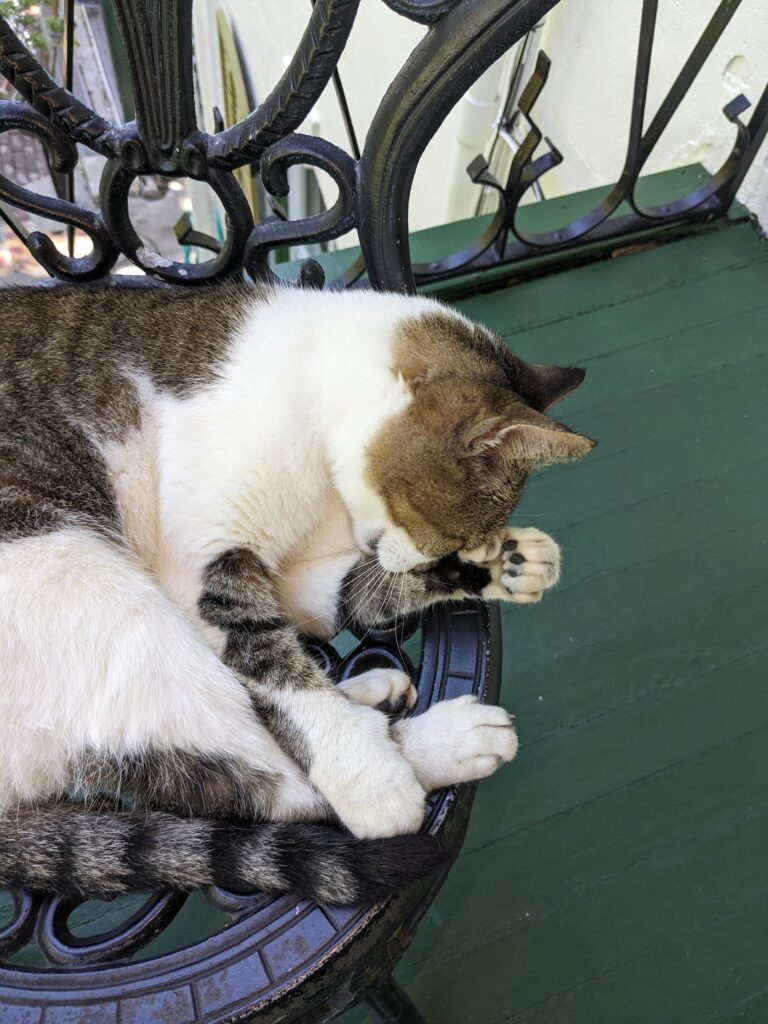
We saw a penny encrusted on the pavement.
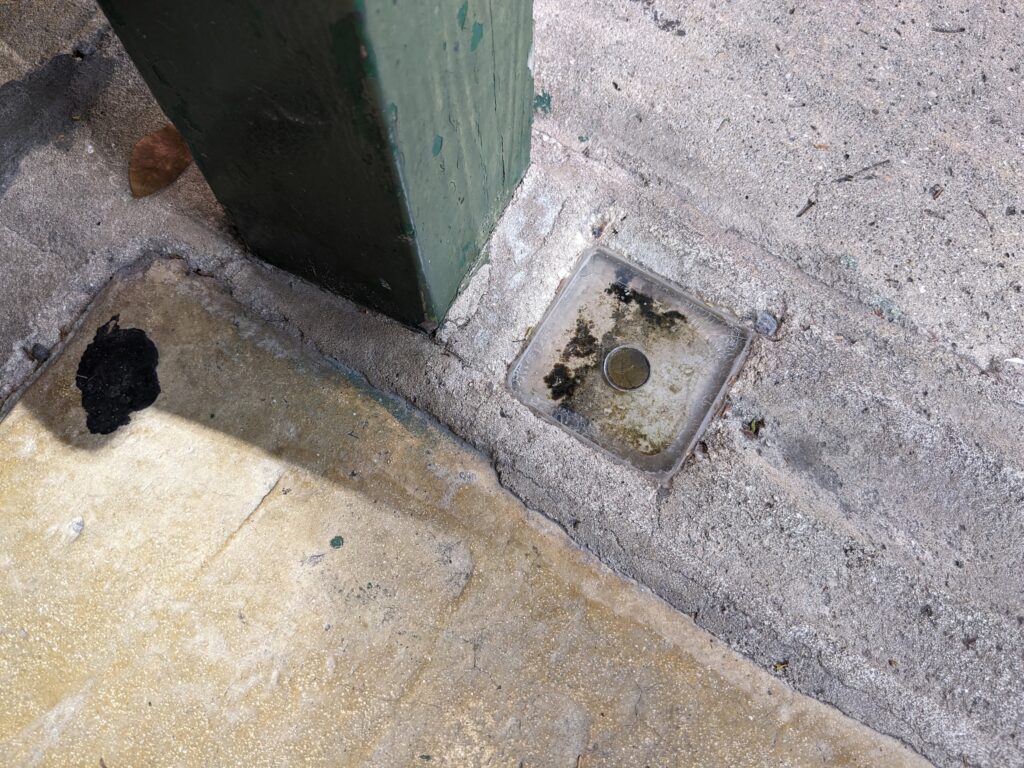
The same one he threw at his wife, furious about her spending all this money. While he was in Europe, she built a lavish pool, at that time the only one in the Keys. You can take as well my last penny, he’s quoted to say. She didn’t need it. She had enough money. And after their divorce, Pauline Pfeiffer kept the house.
Reading as much as I could, I realized he wrote only 7 full-length novels. But he also created countless short stories. And these are fun to read. Probably even more than his iconic works.
There is a common theme running through his writing. Drinking is one of the protagonist’s favorite past times. The heroes, and heroines, are boozing regardless of time of day, and night. Many to the point of passing out. The variety of the brands and labels is astounding. Here, Hemingway certainly did his research. Listing all the names would certainly suffice to write a short story.
Most of his work has a dark side to them. There is a disturbing element of violence, and or death. Again, this could be explained by him witnessing the horrors of war, although he himself never got involved on the front lines. This, combined with the alcohol, approach to women, projected Hemingway as a super alpha male. He was fascinated by the violent activities like bullfighting and boxing. His suicidal death put an exclamation mark at the end of the chapter describing his tumultuous life. In his writings, he didn’t use it often, relying more on his words, rather than on the dramatic interpunction.
If one wishes to read the full psychiatric assessment of this extraordinary person, here it is a lecture by B. Andrew Farah, who studied Hemingway for years: https://news.uams.edu/2023/05/10/author-of-hemingways-brain-discusses-forces-that-led-to-ernest-hemingways-suicide/#:~:text=The%20Nobel%20Prize%2Dwinning%20author,the%20foyer%20of%20the%20home. Dr. Farah, who practices psychiatry in North Carolina, describes the enormous trauma imposed on Hemingway’s brain. Both self-inflicted, and some caused by the environment. And all these happen to the person prone to mental illness. Farah said the famous novelist was also genetically predisposed to suicide, as evidenced by the suicide of his father in 1928 at the age of 57, as well as the deaths of two of his sisters and, in 1996, the overdose death of his granddaughter, actress and model Margaux Hemingway, at age 42. Farah said much of Hemingway’s 61 years were spent in the company of people who were depressed, alcoholics or both; and that a series of head injuries he suffered as a result of car crashes, two plane crashes, other accidents, boxing matches and playing football — some of which caused concussions that were never treated — left him with what is now recognized as chronic traumatic encephalopathy (CTE). He added that Hemingway had symptoms of mental illness such as bipolar disorder and narcissistic personality traits, as well as a number of serious physical ailments.
I collect books signed by the authors. In the gift store, we found his short stories’ collection. I couldn’t have the author sign it, so I asked our tour guide for the inscription. And here it is.
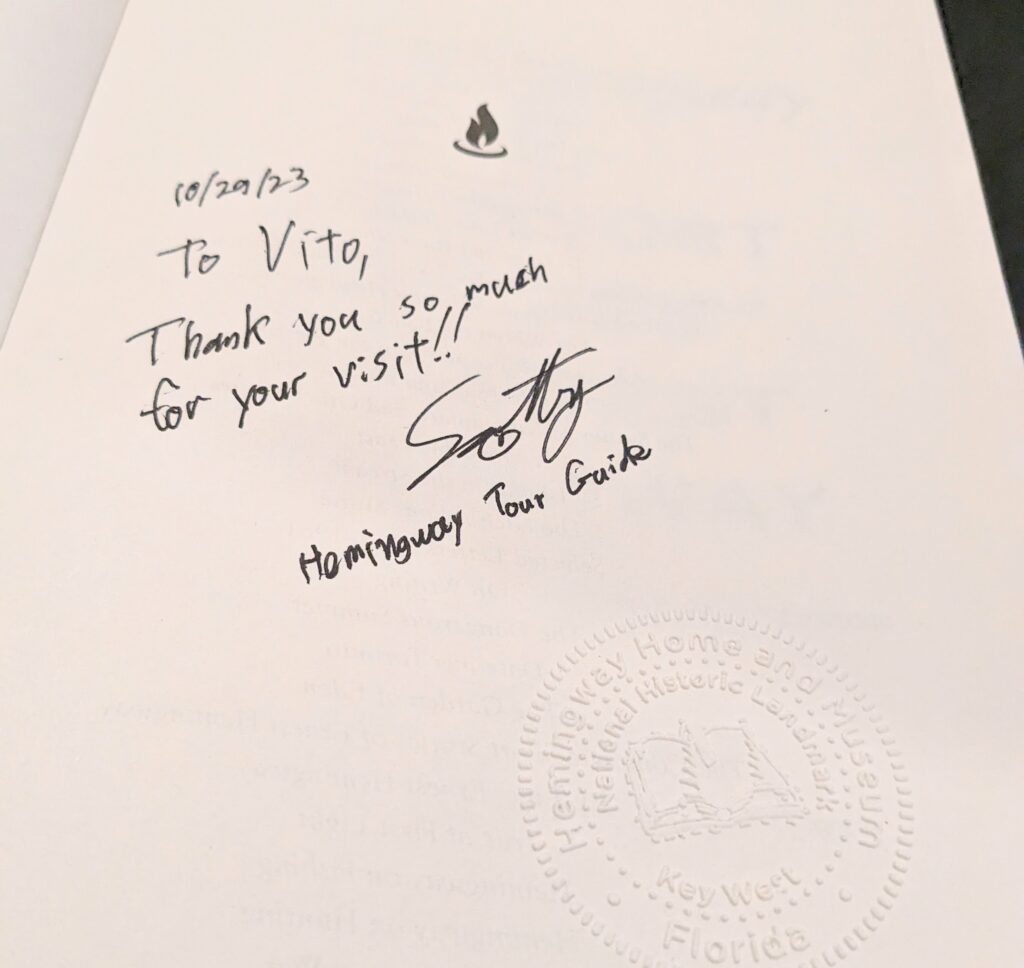
And whoever said Hemingway wrote short sentences…
THERE HAD BEEN A SIGN TO DETOUR IN the center of the main street of this town, but cars had obviously gone through, so, believing it was some repair which had been completed, Nicholas Adams drove on through the town along the empty, brick-paved street, stopped by traffic lights that flashed on and off on this traffic-less Sunday, and would be gone next year when the payments on the system were not met; on under the heavy trees of the small town that are a part of your heart if it is your town, and you have walked under them, but that are only too heavy, that shut out the sun and that dampen the houses for a stranger; out past the last house and onto the highway that rose and fell straight away ahead with banks of red dirt sliced cleanly away and the second-growth timber on both sides. It was not his country, but it was the middle of fall and all of this country was good to drive through and to see.
The beginning of Fathers and Sons
There is another reason why I chose this quote. Like many other writers, Hemingway was preoccupied with the father-son relationships.

4 Comments
It is amazing to walk in the footsteps of an author. I hope that one day people will walk in your footsteps. Perhaps that will even be in Warsaw.
Way over my head. But thank you.
I once wrote a short story ala Hemingway in high school English class using run on sentences. I did not get a good grade, and the teacher asked me why I had written in that way which was not typical. When I replied that Hemingway wrote that way, she replied, “ you’re no Hemingway”. Lesson learned.
Don’t worry about your teacher, Nick. Keep trying. You’re a good writer.